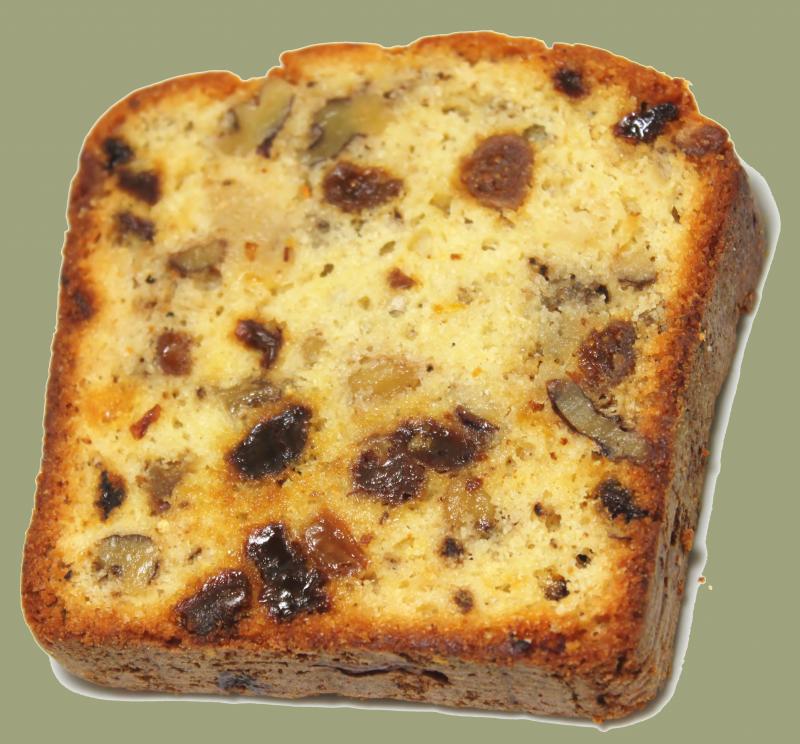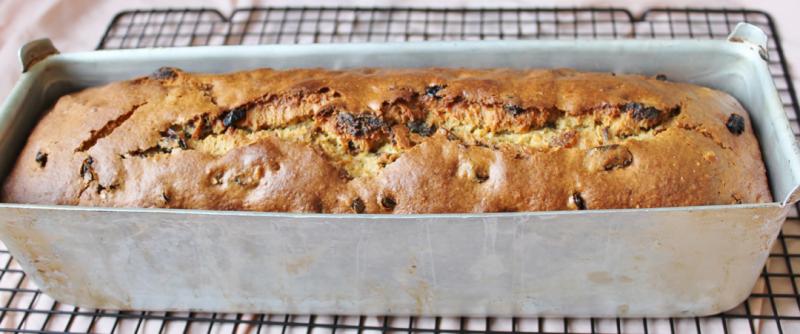Delights from the Garden of Eden
Guess who Made the First Fruitcakes

Fruitcakes do not need to be dull, too dense, and flavorless. Here is a recipe I developed, which will change your mind about the traditional Christmas fruitcakes. This is a cake too good to recycle. Just follow this link:
Kekat il-Fawakih il-Mujaffafa (Dried-Fruit Cake)
Dried-Fruit Cake (Too good to Recycle):

A Bit of History
The ancient Mesopotamians were conscious of the superiority of their cuisine. Criticizing the way the Bedouins of the western desert had their food, they said if you gave them flour, eggs and honey for a cake they would not know what to do with them. In addition to such references to cakes, ancient cuneiform tablets going back to the third millennium BCE have preserved interesting records with regard to pastry making.
We learn that besides the regular breads, they made a better variety by “beating in” various fatty substances, such as vegetable oils and animal fats. Honey was sometimes added. The cakes were made with even higher quality flour and with “noble fat,” which might well have been clarified butter. Those cakes took the shape of lumps, rings, crescents, pillars and turbans. In the first millennium BCE, date breads were made by dicing dates and mixing them with oil and flour. They were called takkasu’ or ‘makkasu’.
Some cuneiform texts even give the proportions in which the ingredients were to be mixed for cakes made to go to the temple and the palace.
Naturally, ordinary people did not enjoy such refined cakes. They were beyond their means. Cakes have always been emblematic of luxury, refinement, grace, and beauty. In Iraq today a pretty woman is called keka.
A Sumerian text gives the following ingredients for a cake:
1 sila (= 1 liter) butter
1/3 sila white cheese
3 sila first quality dates
1/3 sila Smyrna raisins
(It is to be assumed that excellent flour would have been added.)
Here is another Babylonian cake recipe, which dates back to the time of Hammurabi:
X sila flour
X sila dates
½ sila and 5 gin (1 gin is equivalent to 8 grams) butter
9 gin white cheese
9 gin grape juice
5 gin apples
5 gins figs
Both recipes can well be the prototypes of the fruitcakes as we know them today. In Sumerian, these pastries were called ‘gug,’ and in Akkadian, ‘kuku.’ The similarity between these words and ka’k and cake is striking.
Copyright 2017 Delights from the Garden of Eden. All rights reserved.